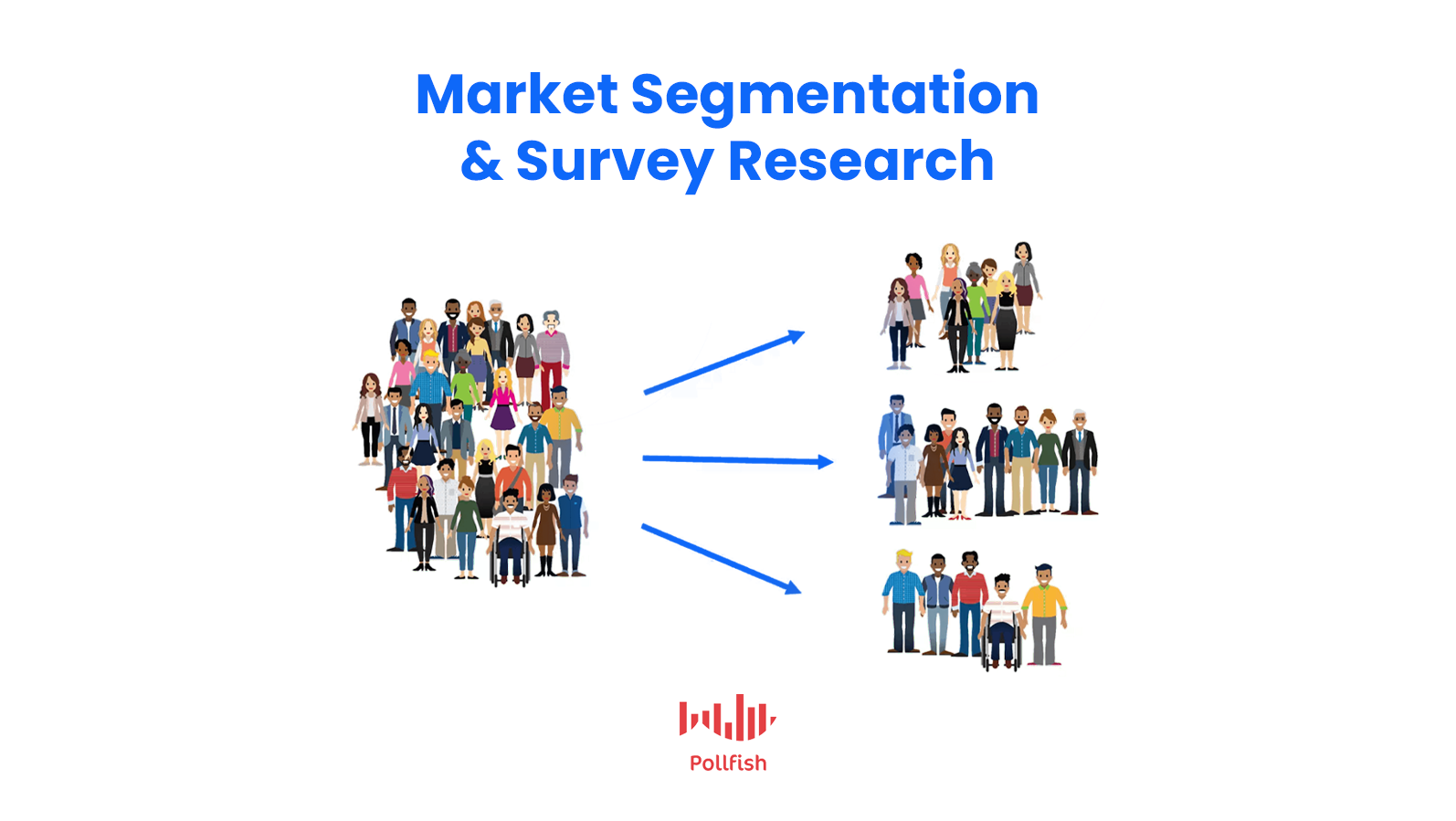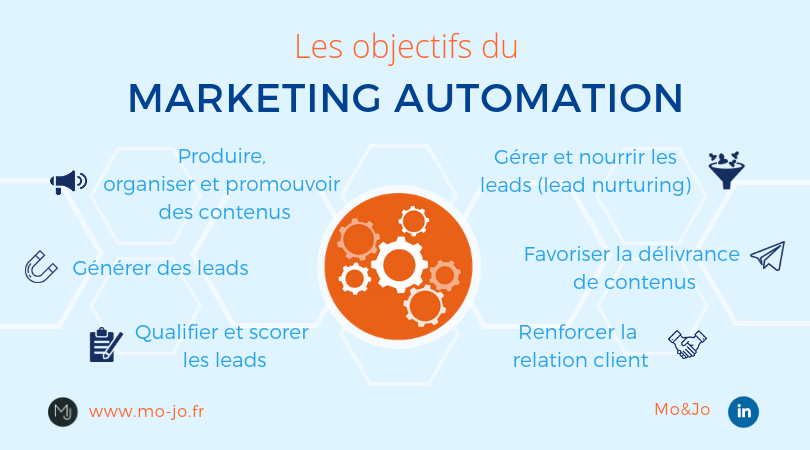In a world where personalization has become essential, lead segmentation emerges as a crucial skill to optimize your marketing strategy. By dividing your audience into distinct segments, you can target your efforts more precisely, which helps improve conversion rates and maximize ROI. Thanks to a methodical approach, the lead segmentation gives you the opportunity to adapt your messages and offers to the specific needs of each segment, thus transforming your entire marketing strategy for greater effectiveness.

There lead segmentation is an essential process that helps divide your prospect base into different groups based on specific criteria. This strategy is not just a method for classifying your leads, but it truly transforms the way your business approaches marketing. By better understanding who your prospects are, you will be able to personalize your marketing actions, optimize your resources and, ultimately, improve your conversion rate. This article explores how lead segmentation can revolutionize your marketing approach and guide you to greater success.
Table des matières
ToggleDefinition of lead segmentation
Lead segmentation consists of analyzing and organizing your prospects into homogeneous groups based on common characteristics. These criteria may include demographics, purchasing behaviors, interests, or even the stage of the purchasing cycle. By segmenting your leads, you obtain a clear vision of your audience, which allows you to better target your marketing campaigns and increase their effectiveness.
The importance of personalization
In a market where personalization has become an imperative, lead segmentation makes it possible to precisely meet the expectations of each segment of your audience. By tailoring messages to the specific needs of each group, you increase the chances of engagement. For example, a campaign designed for prospects in the discovery phase will not be the same as one intended for leads ready to buy. This personalized approach helps build a strong and lasting relationship with your prospects.
Optimization of marketing resources
By segmenting your leads, you can also optimize your marketing resources. By focusing your efforts on the segments most likely to convert, you avoid wasting resources on campaigns that don’t deliver results. This allows you to efficiently allocate your advertising budget and maximize return on investment. Ultimately, you can increase your output without significantly increasing your expenses.
Improved conversion rates
Lead segmentation is intrinsically linked to improving conversion rates. By targeting the right message at the right time for the right segment, you simplify the purchasing journey for your prospects. Segmented campaigns tend to generate click rate and response rate higher because they reach the right people with the right content. This targeted approach promotes a better user experience, which is crucial in the conversion process.
Performance monitoring and analysis
Once segmentation is in place, it is essential to track and analyze the performance of your campaigns. With effective segmentation, you can evaluate which strategies work best for each segment and adjust your efforts accordingly. Using analytics tools allows you to gather valuable data about your lead behavior, which helps you continually refine your marketing strategy.
There lead segmentation represents a significant transformation opportunity for your marketing strategy. By taking this structured approach, you will be able to improve personalization, optimize your resources, increase your conversion rates and refine your efforts with precise analysis. By investing in your lead segmentation, you will not only take a step forward in your marketing strategy, but you will also establish a solid foundation for sustainable and successful growth.
How to Improve Lead Scoring and Lead Segmentation With Interactive Content https://t.co/Fz6vZa9zxK pic.twitter.com/ROzK25ITNB
— Tim Felmingham (@timfel) September 22, 2020














